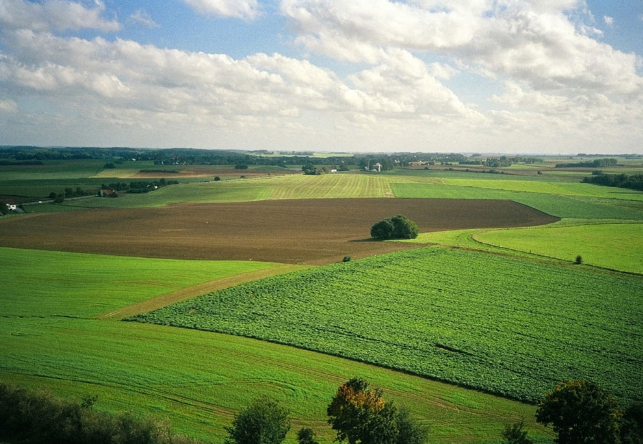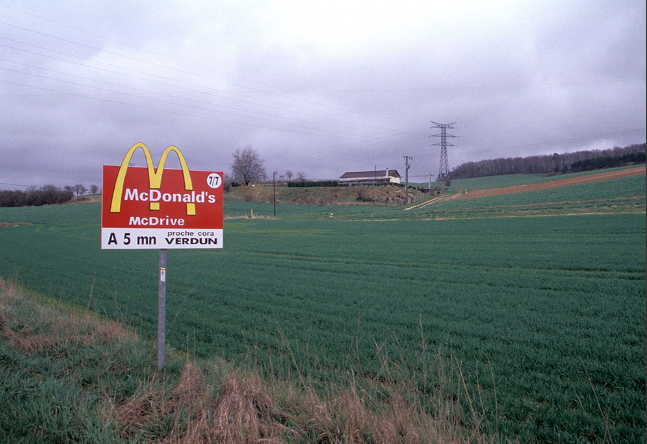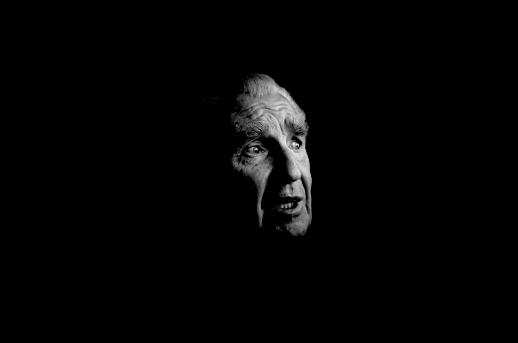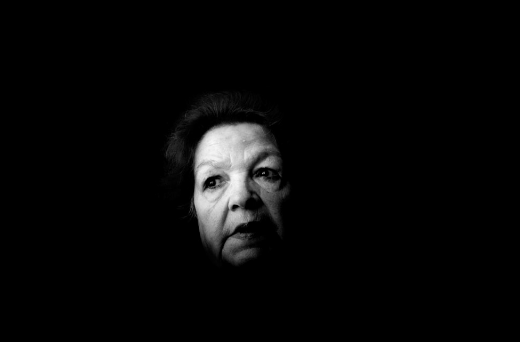
Image credit: Nebojsa Seric Shoba
"Battle of Waterloo. Belgium. 1815"
Lens, The New York Times
Over the past two weeks, Lens, the photography and photojournalism blog component of the New York Times, has featured two different photographic collections concerned with memory, trauma, and war. Nebojsa Seric Shoba's "Battlefields" is comprised of images of former battle sites. Shoba returned to photograph the places where the Battle of Brooklyn (1776) or the Battle of Waterloo (1815) were fought. Rather than return to earlier places, Maciek Nabrdalik took portraits of Holocaust survivors, focusing closely on the faces of his subjects as they are lit against a stark black background. Both sets of images press the viewer to consider the possibilities and failures inherent in any attempt to make memory visible.

Image credit: Nebojsa Seric Shoba
"Battle of Verdun, France. 1916"
Lens, The New York Times
While I've considered the intersections of landscape, photography, war, and memory before, Shoba's images raise additional questions for me about the way memory should or can by visualized. His images rely on juxtaposition to invoke memory--they depict empty serene spaces in contrast to what must have been earlier scenes of chaos and violence or they depict battlefields that now contain McDonald's signs or rusting trucks. In either case, these images seem to suggest that they way we are remembering war is just not quite right.

Image credit: Maciek Nabrdalik
H/T: Rachel/Lens, The New York Times

Image credit: Maciek Nabrdalik
H/T: Rachel/Lens, The New York Times
Nabrdalik's images, on the other had, remove all possibility of juxtaposing the past with the present. His minimalist portraits are devoid of context--it is almost as if there can be no present for his subjects. Moreover, these images suggest that there is only one correct way to remember the Holocaust. This is memory of the past that suggests no future; nothing beyond the initial trauma. Unlike Shoba's images which suggest that we may have forgotten the past, Nabrdalik's portraits allow for nothing but memory of the past.
Recent comments
2 years 29 weeks ago
2 years 44 weeks ago
2 years 44 weeks ago
2 years 50 weeks ago
3 years 4 weeks ago
3 years 4 weeks ago
3 years 4 weeks ago
3 years 6 weeks ago
3 years 6 weeks ago
3 years 6 weeks ago